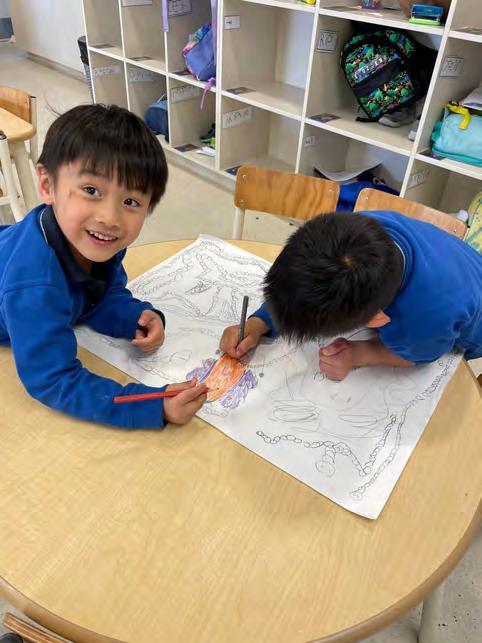
2 minute read
The Wonder of Bugs
Written by: Ana
Our bug investigation in the Kauri room has been an exciting and thrilling investigation for our children. It all started when our group of girls found a dead moth in our garden and gently brought it inside to show and tell. All the children were fascinated by the dead moth and had many questions. Their questions and clear interest in the topic blossomed into our bug investigation. This aligns with our Reggio Emilia philosophy of purposeful teaching and learning. Through the wonder of bugs, the children can have the opportunities to nurture their love of learning, practice their researching, and explore different mediums of expression.
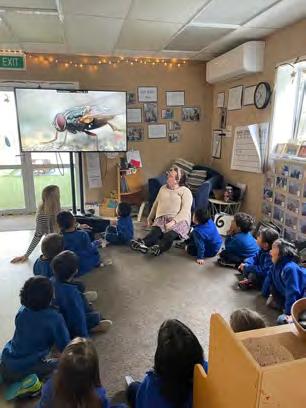
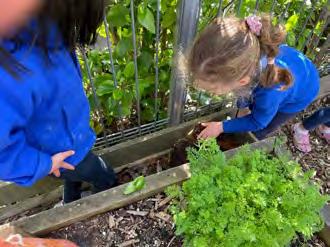
The start of our investigation was about establishing what the children’s existing knowledge was about bugs. During this beginning stage, the children were debating lots of important ideas with each other, for example Is a worm a bug? Is a bird a bug? How about a snail? How can we classify a bug? We also used their favourite medium of expression - drawing - to help visualise their interest and existing working theories about bugs. They drew individually in their books, and also drew collaboratively in groups to see how their ideas can work alongside each other.
Not only are the children’s ideas visible in their drawings, they are heard through their debate and discussions. As the investigation progressed, the children went deeper and deeper into the world of bugs. They began to wonder; what makes a bug a bug? What do bugs actually do? How do they move? These questions had us looking closely at bugs, like butterflies and flies, and we ended up discovering so much about them and what they do.
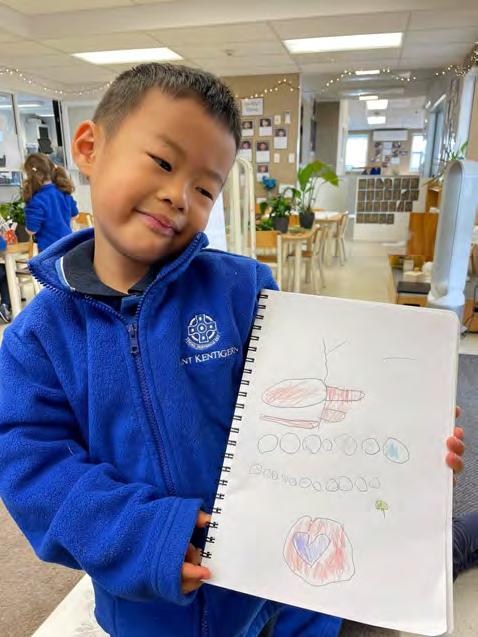
When we had a close look at butterflies, we first analysed how they were different to moths. The children discovered the differences and similarities between both. They were amazed by all the different kinds of patterns that butterfly wings could have, and the children were inspired in their drawings to make wonderful patterns on their wings. It was also amazing how they were able to see a butterfly face up close and see what features they have. This also inspired the children’s artwork and the development of their theories on butterfly faces and features were evident when comparing their previous artwork with their latest.
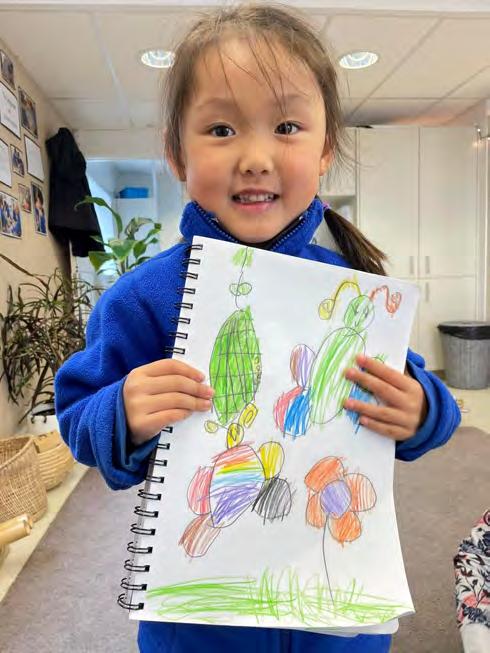
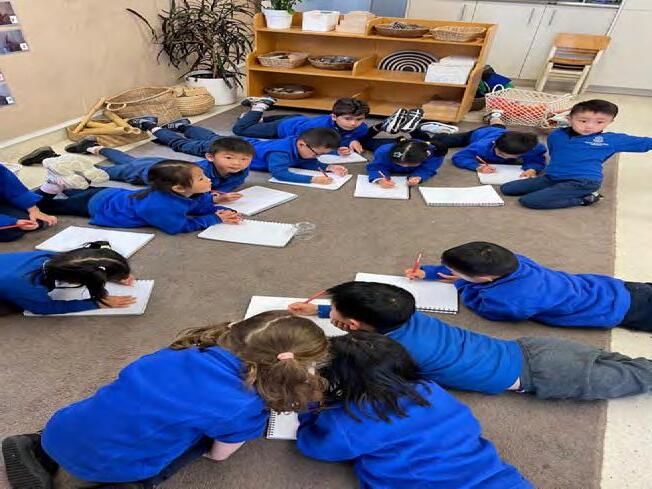
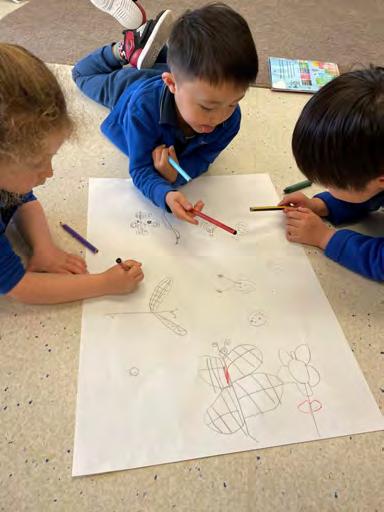
We dove even deeper, and looked at how caterpillars can turn into butterflies. The children had pre-existing working theories on this already, but when we watched a video on the process happening, the children noticed and began to question why is the butterfly not flying after it comes out of the cocoon? This led to a detailed debate and exchange of ideas and it was wonderful hearing the children’s different perspectives. It was great practice for the children to listen to other opinions, share their own ideas and work in a team to come up with an answer together.
This journey on the wonder of bugs has been an inspiring journey, and has shown us the strong capabilities of our children. They showed us great thinking and listening, tremendous courage with sharing ideas, kindness and respect of others’ opinions and above all, patience and determination. Any question that came up, they were eager to figure out the answer no matter how perplexing the questions were. Our hope is that they will continue to follow their interests with passion and determination, and use their amazing critical thinking skills to find an answer to anything they may wonder about.










